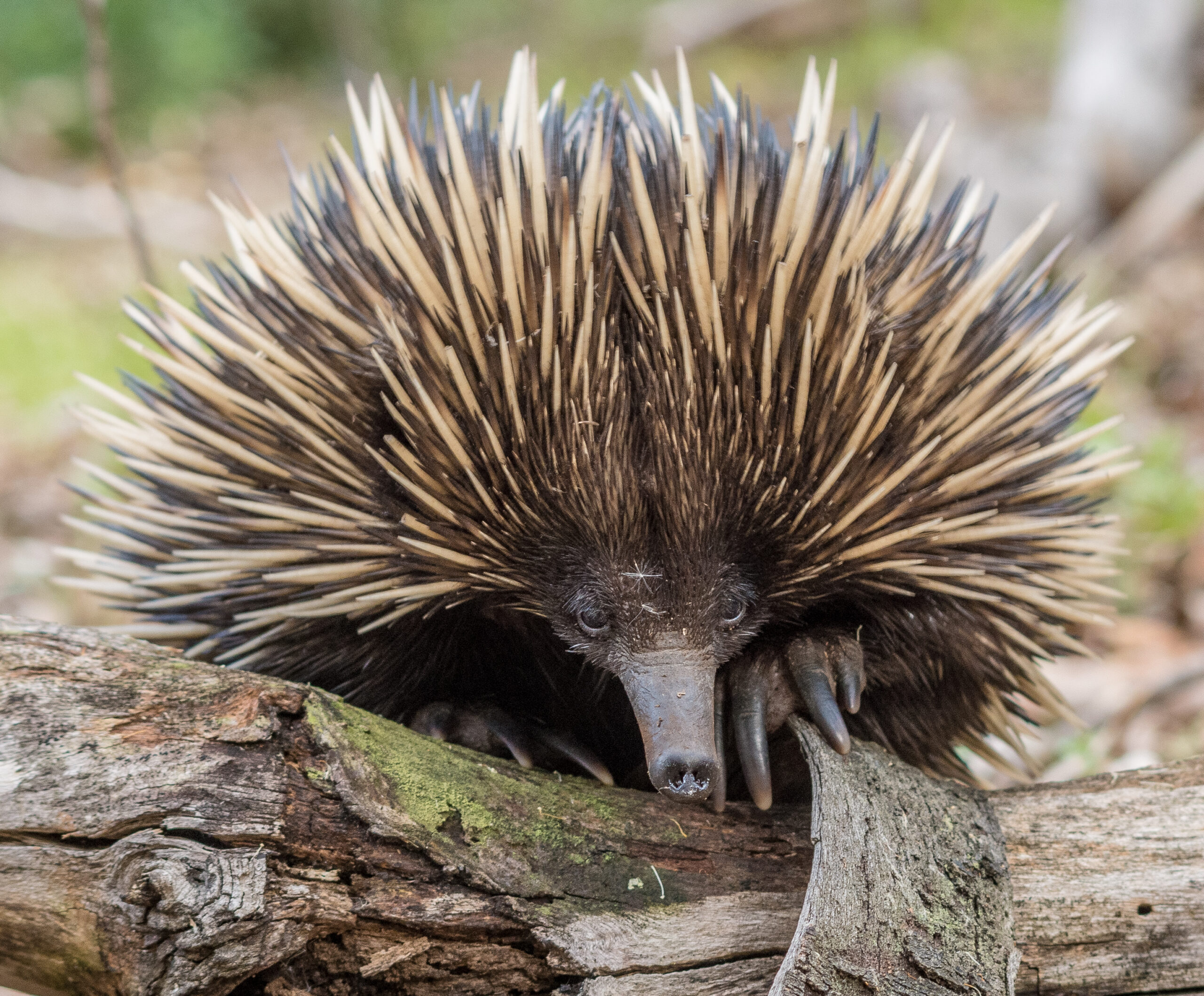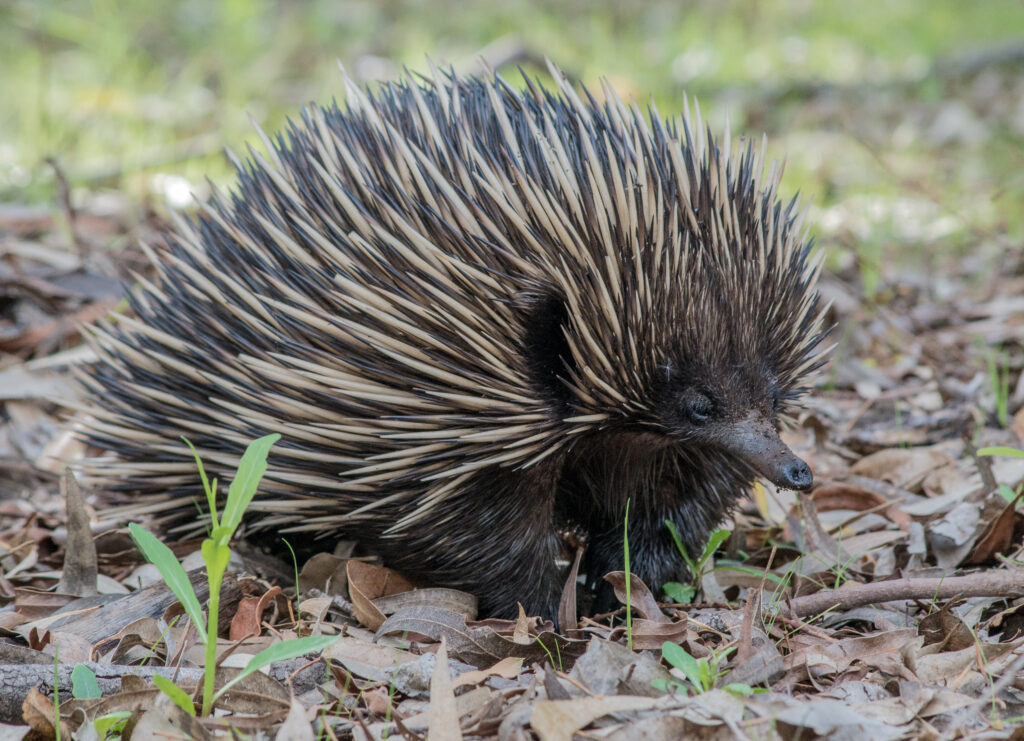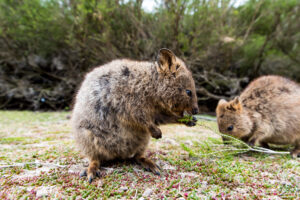Echidnas aren’t the type to shout their love from the rooftops.
In fact, they keep pretty quiet for most of their lives.
As a result, scientists have long debated whether they could produce sounds at all – other than respiratory-related sniffles and snorts.
But a recent study from WA has finally put an end to this debate. Echidnas do in fact vocalise.
LANGUAGE LOGISTICS
Dr Christine Cooper from Curtin’s School of Molecular and Life Sciences was lead author on the new research paper that observed wild short-beaked echidnas in Dryandra National Park.
According to her, monotremes – egg-laying mammals, like echidnas – have less-developed vocal organs than other mammals.
“Their larynx is quite primitive, and the cartilages are fused in different ways,” she explains.
This, along with a lack of previously published recordings, led many people to believe that echidnas didn’t have a voice.
“Most of the time, they’re really quiet,” says Christine.
“But they do have a larynx, so they should theoretically be able to vocalise.”
A LOVEY-DOVEY TONE
Christine’s team witnessed five instances of wild short-beaked echidnas vocalising but managed to record only three.
“We’ve probably handled hundreds of individuals on thousands of different occasions, and we’ve only heard it five times between us,” she says.
“We analysed [the recordings] and saw that they’re actually a tonal call.”
“It’s a cooing sound, a little bit like a dove.”
“Some describe it as a sort of sweet, purring noise.”
ALL ABOARD THE LOVE TRAIN
The researchers think echidnas might only be motivated to use their voices when they’re looking for love.
“We would hypothesise it has a reproductive context since we’ve only heard them [vocalise] in the reproductive season,” says Christine.
Two of the recordings came from males participating in what is known as a ‘mating train’.
Yes, you read that right. A mating train.
“This is when a number of males follow a female around in an attempt to mate with her,” says Christine.
These love trains can hang around for up to 4 weeks.
“We’re not sure exactly how it’s decided who gets to mate – probably whoever just hangs in there the longest,” says Christine.
SEXY SCENTS
Although we now know echidnas can vocalise, smell is likely their main means of communication.
“Olfaction is probably the most important [sense]. They definitely follow each other around based on scent,” says Christine.
“If a male loses track of the female … you can see them go back to find the scent trail and follow where she’s walked.”
FOUR HEADS ARE BETTER THAN ONE
Once it’s finally time to mate, echidnas need to be careful not to accidentally stab each other with their spines.
“Their undersurface is furry, not spiny. I’ve seen footage of the male tipping the female on her side so they can [safely] mate,” says Christine.
Other observations have seen males digging holes under the female to manoeuvre his tail under hers, all the while stroking her body with his front paws.
Echidnas then join cloacas — a single opening used for urinating, defecating and reproduction.
The male’s penis, which remains safely retracted until mating time, emerges from the cloacal opening.
The penis itself is very unusual. It has four heads, but only two of these become erect at any one time.
And rather than swimming individually, their sperm cells connect in bundles of up to 100 to cooperatively swim towards the female’s two uteruses.
THE MYSTERIES OF LOVE
Christine hopes to further unravel the mysteries of the echidna love language.
So far, only males have been confirmed to vocalise in the breeding season.
“We know that males do it, but we don’t know if females do,” she says.
“It’d be really nice to get more [recordings] and try to [match them] with behaviour.”










